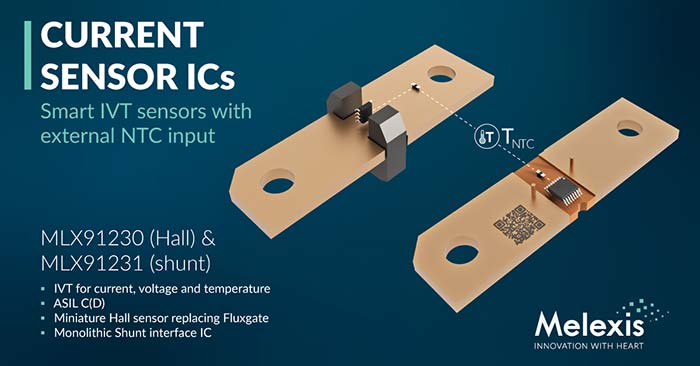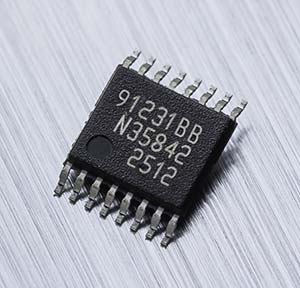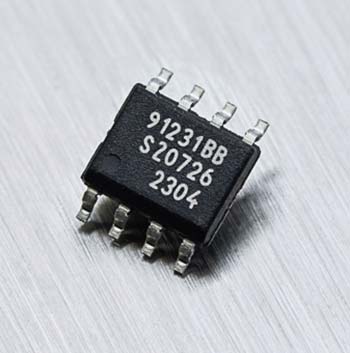Melexis enhances its smart IVT (current, voltage & temperature) sensing platform by adding a negative temperature coefficient (NTC) resistor input capability to the MLX91230 (Hall-effect) and MLX91231 (shunt interface). This upgrade enables more precise external temperature measurement alongside existing junction readings, helping engineers to address the need for comprehensive monitoring in safety-critical applications.
NTC input
The integration of the NTC input into the MLX91230 and MLX91231 sensors improves the detection of variations in system temperatures. For the MLX91231 (shunt interface) in particular, it offers an additional use case of compensating the shunt resistor’s residual variability over temperature, leading to a further increase of current sensing accuracy. Furthermore, the new NTC input is ASIL C compliant, allowing for deployment in safety-critical automotive applications, including automotive batteries, DC fast charging, smart pyro-fuses, and power distribution modules.
The new NTC input pin enables engineers to monitor and apply post-processing to the temperature of an external component using the same integrated circuit (IC) that performs current sensing. With this expanded functionality, current, voltage, and both junction and external NTC-based temperature are all measured through a single device, streamlining development and improving system reliability. Moreover, the ASIL C functional safety compliance to ISO 26262 applies to the current, voltage, and external NTC measurement, as well as the diagnosable overcurrent detection (OCD). The OCD also permits direct input to the pyro-fuse driver, enabling the simple deployment of smart pyro-fuses with fewer components.
Flexible integration with BMS and 12V battery applications
These new features complement the already extensive functionality of the MLX91230 and MLX91231 sensors. Each device is equipped with a microcontroller unit (MCU) complete with onboard flash memory, facilitating the deployment of custom software and allowing for robust compensation of any system discrepancies. Furthermore, the LIN output option allows for simple integration with 12V battery applications and power distribution modules, while UART permits direct communication with the Battery Monitoring System (BMS) that is starting to find its way into the Battery Disconnect Unit (BDU). For remote BMS systems, UART-over-CAN can leverage a more robust physical layer while maintaining lower overhead layers above that characterize the point-to-point communication of the current sensor module to the BMS.
As well as vehicular deployments, the expanded capabilities of the new MLX91230 and MLX91231 will also benefit other high and low-voltage battery solutions, including Battery Energy Storage Systems (BESS), solar panel installations, and e-bikes, providing precise temperature monitoring for improved system management.
“With these additions, Melexis continues to build a comprehensive portfolio for battery applications, demonstrating our long-term commitment to this market,” said Bruno Boury, Product Line Director at Melexis. “Temperature is a critical variable as downsizing, faster charging and more demanding use cases push the systems to their thermal limits. The new NTC input on the MLX91230 and MLX91231 provides an additional temperature datapoint in environments with significant thermal gradients and it enables shunt resistor DMC (data matrix code) compensation for more precise current sensing.”
The MLX91230 and MLX91231 are already widely available. Discover more at www.melexis.com/MLX91230 or www.melexis.com/MLX91231






